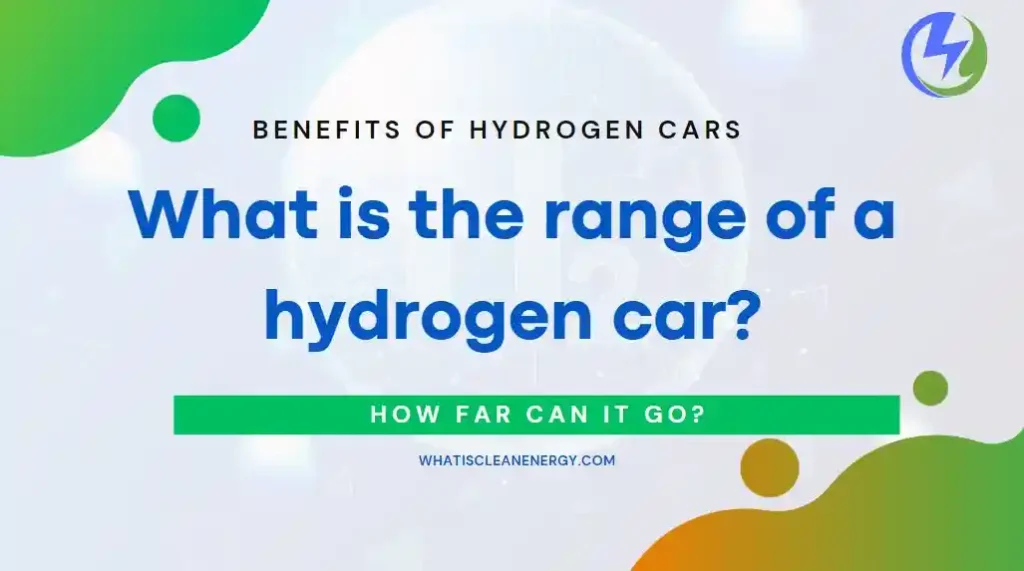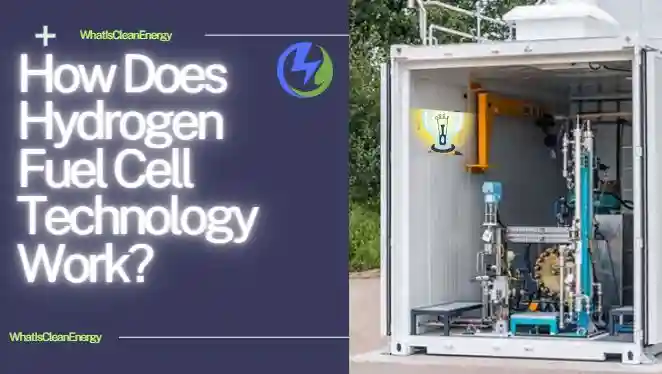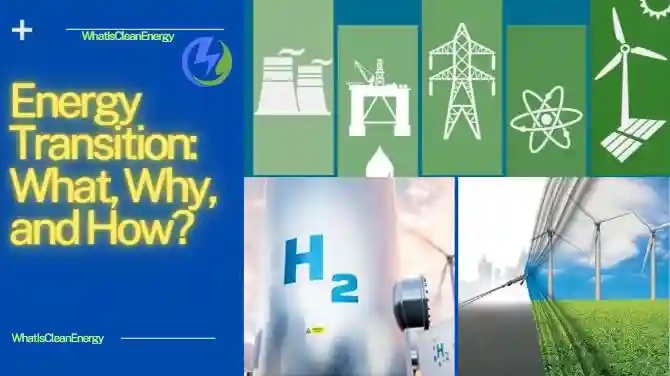A hydrogen car’s range is the distance it can travel on a single fill-up of hydrogen gas. The range depends on several factors, such as the size and type of the hydrogen tank, the efficiency and power of the fuel cell or combustion engine, and the driving conditions and speed. The range of a hydrogen car is usually measured in kilometers (km) or miles (mi).
What is the range of a hydrogen car?

A hydrogen car is a vehicle that uses hydrogen gas as its main source of energy. Hydrogen gas can be stored in pressurized tanks or converted into electricity by fuel cells or combustion engines. Hydrogen cars have several advantages over conventional cars that run on gasoline or electricity, such as:
- Zero emissions: Hydrogen cars produce only water vapor as their exhaust, which means they do not contribute to air pollution or greenhouse gas emissions.
- Quick refueling: Hydrogen cars can be refueled in minutes at special stations, which makes them ideal for long trips or remote areas.
- Long range: Hydrogen cars can have similar or even longer ranges than gasoline cars with similar tank sizes, depending on the technology and design.
Benefits of hydrogen cars
According to sources, the global market share and growth of hydrogen cars are expected to increase in the coming years, as more countries and companies invest in developing and promoting this technology. Some of the benefits of hydrogen cars include:
- Reducing dependence on fossil fuels: Hydrogen cars can help reduce reliance on oil imports and lower carbon footprint by using renewable energy sources to produce hydrogen gas.
- Enhancing energy security: Hydrogen cars can help diversify the energy supply and create local jobs by supporting domestic production and distribution of hydrogen gas.
- Improving air quality: Hydrogen cars can help improve public health and environmental quality by reducing exposure to harmful pollutants from tailpipe emissions.
The main purpose and scope of this article are to provide an overview of what a hydrogen car is, how it works, what are its benefits, what its challenges are, and what are its prospects. This article will also compare and contrast two types of hydrogen cars: hydrogen combustion engines and hydrogen fuel cell vehicles. These two types have different advantages and disadvantages in terms of performance, efficiency, cost, and availability. The article will also provide examples of existing or upcoming models of each type that are available or in development in different markets.
Key Points for the Range of a Hydrogen Car

- Hydrogen combustion engines burn hydrogen gas in a similar way to gasoline engines but produce only water vapor as exhaust. They have lower efficiency and higher emissions than fuel cell vehicles but are cheaper and easier to implement.
- Hydrogen fuel cell vehicles use an electrochemical process to convert hydrogen gas and oxygen into electricity, which powers an electric motor. They have higher efficiency and lower emissions than combustion engines but are more expensive and complex to maintain.
- Both types of hydrogen cars have similar ranges, depending on the tank size and driving conditions. However, fuel cell vehicles have better performance and acceleration than combustion engines, due to their higher power output and torque.
- The availability of hydrogen cars depends on the infrastructure and market demand for hydrogen gas. Currently, there are more fuel cell vehicles than combustion engines, but both types face challenges in terms of cost, safety, and public awareness.
Hydrogen Combustion Engines

A hydrogen combustion engine is a type of engine that uses hydrogen gas as its fuel. It works by burning hydrogen gas in a similar way to gasoline engines but with some modifications. Here are some advantages and disadvantages of using a hydrogen combustion engine:
Advantages
- It is cheaper and easier to implement than other types of engines, as it uses existing technology and infrastructure.
- Hydrogen combustion engines can run on any type of fuel, such as natural gas, biogas, or renewable hydrogen.
- It can provide high power and torque, especially at high loads.
Disadvantages
- It has lower efficiency and higher emissions than other types of engines, such as fuel cell vehicles or electric vehicles.
- Hydrogen combustion engine produces nitrogen oxides (NOx), which are harmful pollutants that contribute to smog and acid rain.
- It requires a large amount of hydrogen storage and distribution, which adds to the cost and complexity of the system.
Some examples of hydrogen combustion engine
Some examples of hydrogen combustion engine models that are available or in development are:
- The BMW Hydrogen 7 concept car, is a luxury sedan that can run on hydrogen or gasoline.
- The RX-8 hydrogen rotary is a sports car that uses a modified rotary engine to burn hydrogen.
- The BMW H2R Musashi 9 is a racing car that uses two turbocharged gasoline engines with an electric motor powered by hydrogen.
- The Liquid Hydrogen Truck is a heavy-duty truck that uses a modified diesel engine to run on liquid hydrogen.
Hydrogen Fuel Cell Vehicles

A hydrogen fuel cell vehicle is a type of electric vehicle that uses hydrogen gas and oxygen to produce electricity by a chemical reaction in a fuel cell. The electricity then powers an electric motor that drives the wheels. Here are some advantages and disadvantages of using a hydrogen fuel cell vehicle:
Advantages:
- It produces zero emissions, except for water vapor, which means it does not contribute to air pollution or climate change.
- Hydrogen fuel cell vehicle has a long range, similar to gasoline vehicles, and can be refueled quickly at hydrogen stations.
- It has a high efficiency, as it converts more of the fuel’s energy into useful work than combustion engines.
Disadvantages
- It is expensive and complex to produce and maintain, as it requires advanced technology and materials.
- Hydrogen fuel cell vehicles have limited availability, as there are not many hydrogen stations or models to choose from.
- It faces safety and storage challenges, as hydrogen is flammable and requires high pressure or low temperature to store.
Some examples of hydrogen fuel cell vehicle
Some examples of hydrogen fuel cell vehicle models that are available or in development are:
- The Toyota Mirai is a sedan that can travel up to 402 miles on a single tank of hydrogen.
- The Hyundai Nexo is an SUV that can travel up to 380 miles on a single tank of hydrogen.
- The Honda Clarity Fuel Cell is a sedan that can travel up to 360 miles on a single tank of hydrogen.
Conclusion
Hydrogen cars are an emerging technology that offers a clean and convenient alternative to conventional cars. They can run on water instead of gasoline or electricity, which means they produce no harmful emissions. They can also be refueled in minutes at special stations, which makes them ideal for long trips or remote areas. However, there are still some challenges and limitations that need to be overcome before hydrogen cars can become widely adopted.
For example, there is not enough infrastructure or public awareness to support the demand for hydrogen cars. There is also a high cost of production and maintenance compared to other types of vehicles. Therefore, more research and innovation are needed to make hydrogen cars more affordable, accessible, and efficient.





